This particular F-4’s journey began as the Navy’s F4H-1, a resounding success that prompted the Department of Defense to seek variants for the U.S. Air Force. Initially designated the F-110A Spectre, these Air Force derivatives were, in essence, repurposed Navy F4H-1s. In March 1962, the Air Force formally adopted the aircraft, leading to orders for a single F-110A and two YRF-110A reconnaissance aircraft. Before delivery, the designations shifted to F-4C and RF-4C, respectively.
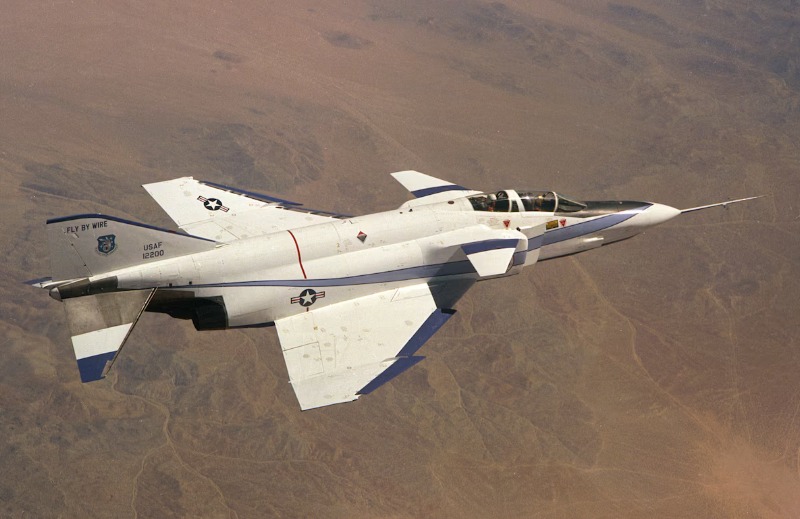
YRF-4C 62-12200’s maiden flight occurred on August 8, 1963, piloted by William “Bill” Ross. Despite its modified nose for reconnaissance, it initially carried limited photographic equipment, primarily serving as an aerodynamic testbed. Following the reconnaissance test program, it underwent modifications to remove the photographic equipment and install an M61A1 Gatling gun, transforming it into an “F-4-TFS” for Tactical Fighter Support. Further upgrades included new General Electric J79-GE-J1B engines.
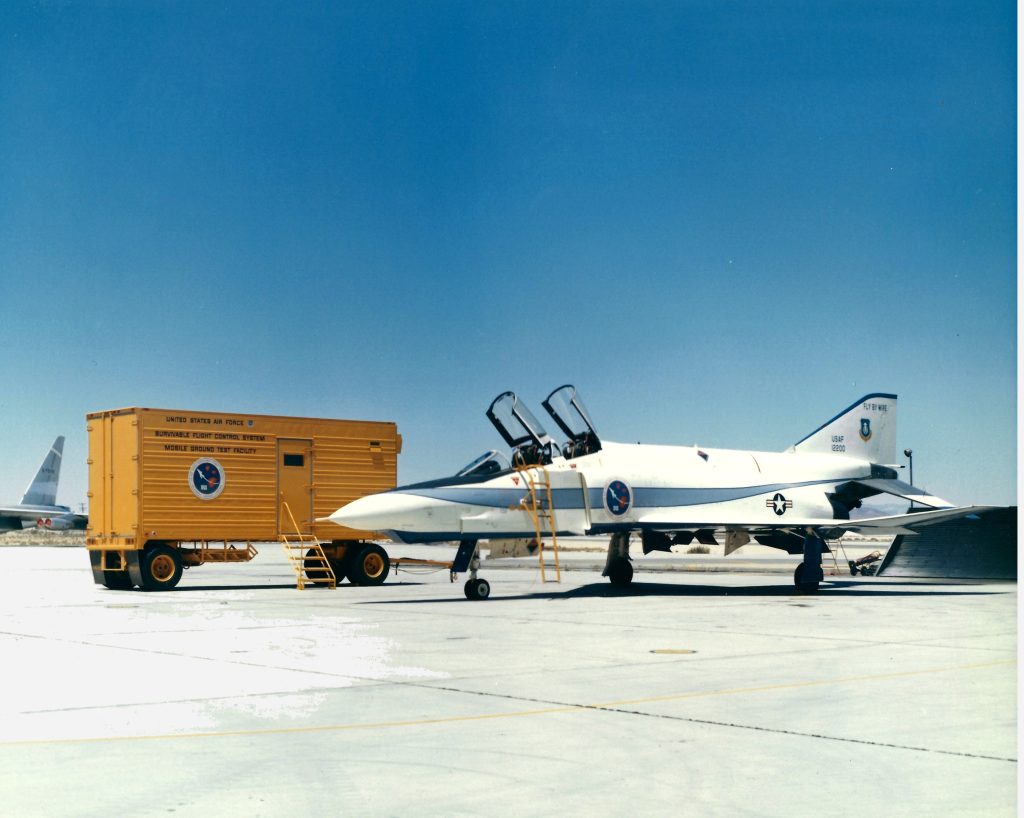
In April 1967, 12200 was redesignated YF-4E, becoming the aerodynamic prototype for the F-4E program. Notably, in 1968, it tested a Beryllium rudder, offering significant weight savings. It also served as a test platform for fixed leading-edge maneuvering slats and slotted horizontal stabilators.
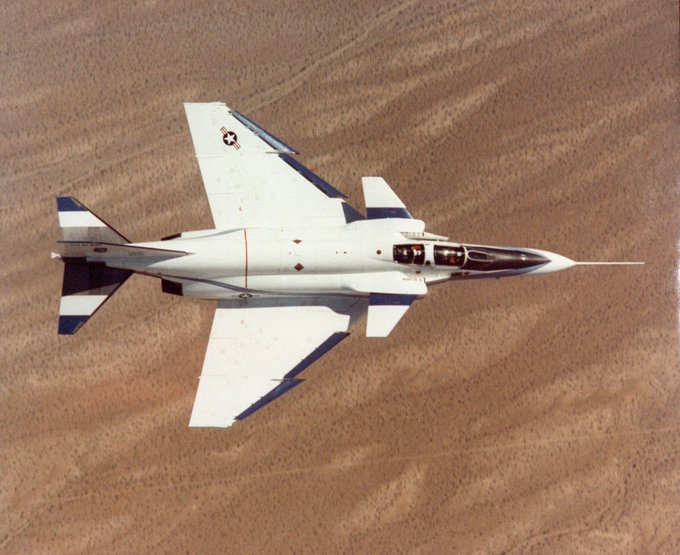
A significant chapter in its history began in 1972, when it was chosen for the Survivable Flight Control System (SFCS) program. This involved implementing a three-axis fly-by-wire (FBW) system, a revolutionary concept at the time. The YF-4E became the first fighter aircraft to fly with an analog fly-by-wire control system in April 1972. It also became the first fly-by-wire aircraft to reach Mach 2. The program involved extensive testing, including phases with and without mechanical backup systems, and demonstrations for Air Force, Marine, and NASA pilots.
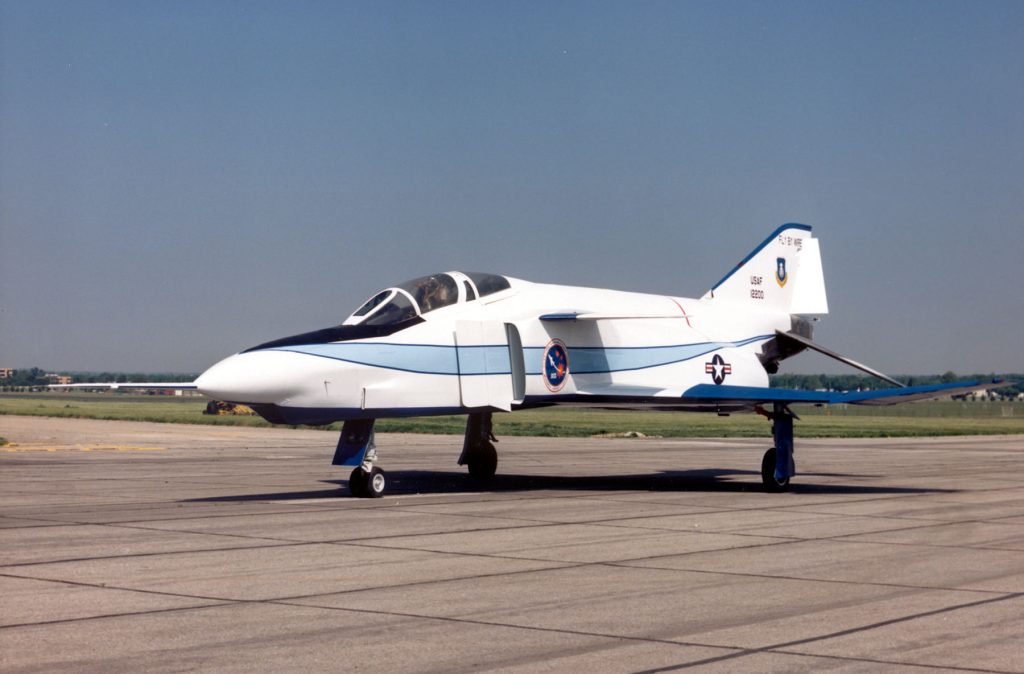
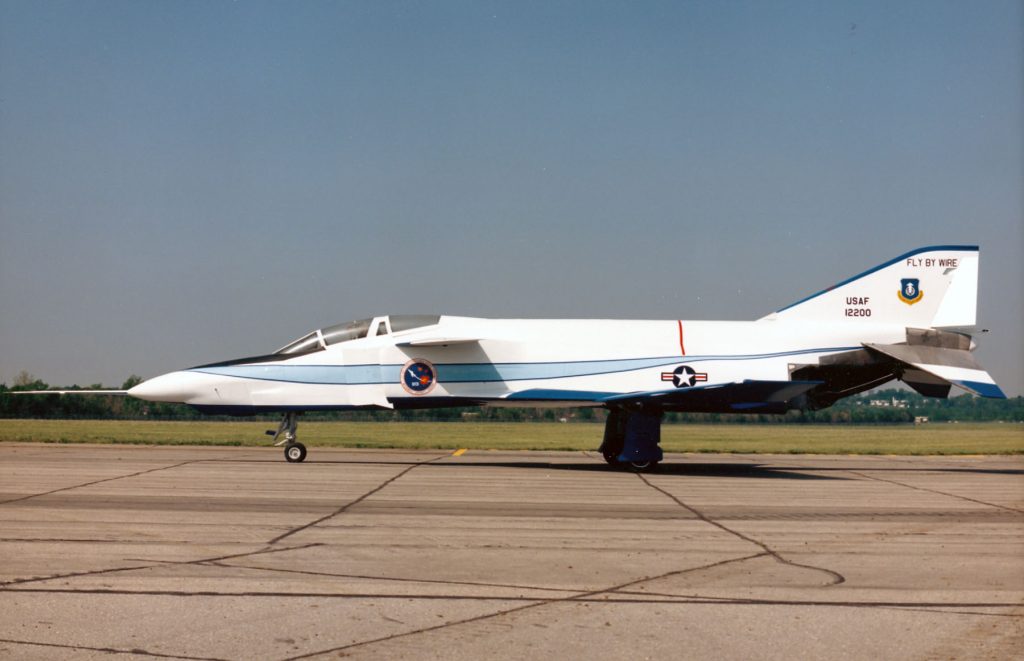
Following the SFCS program, the YF-4E participated in the Precision Aircraft Control Technology (PACT) program, becoming a Control Configured Vehicle (CCV). It was fitted with canards and underwent further testing, exploring various configurations.
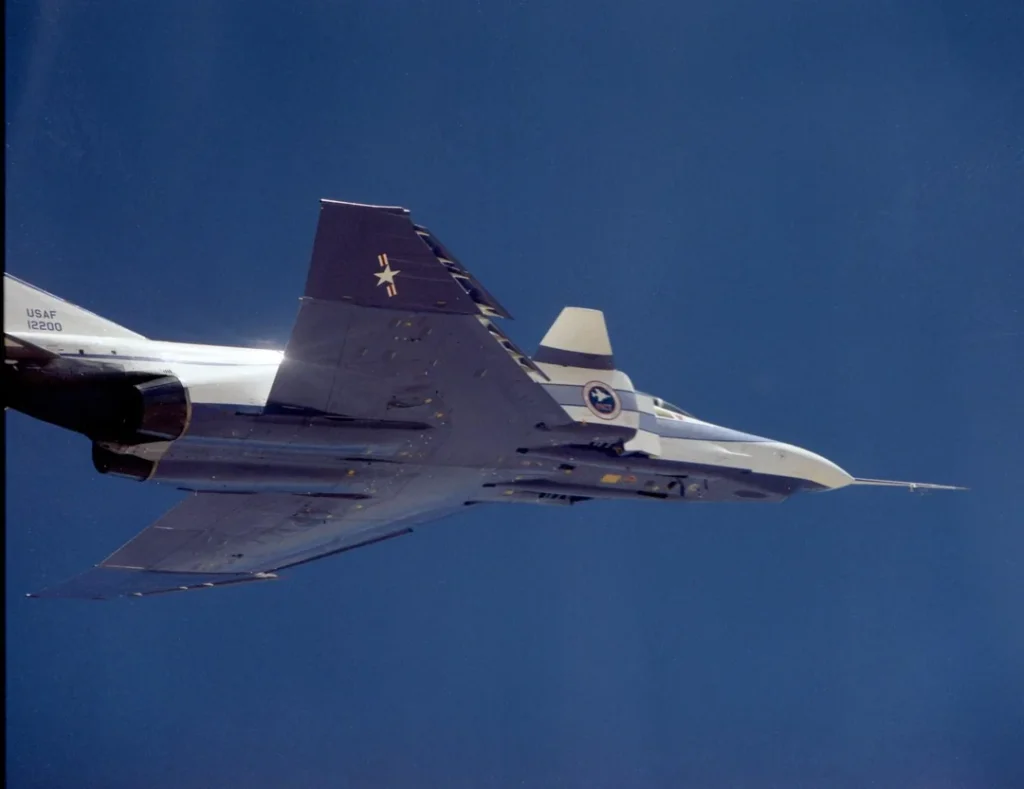
After years of storage and facing potential scrapping, the aircraft was saved by the efforts of AFFDL project engineer James Morris. It was donated to the United States Air Force Museum in Dayton, Ohio, and transported there by a CH-54B Skycrane helicopter in 1979.
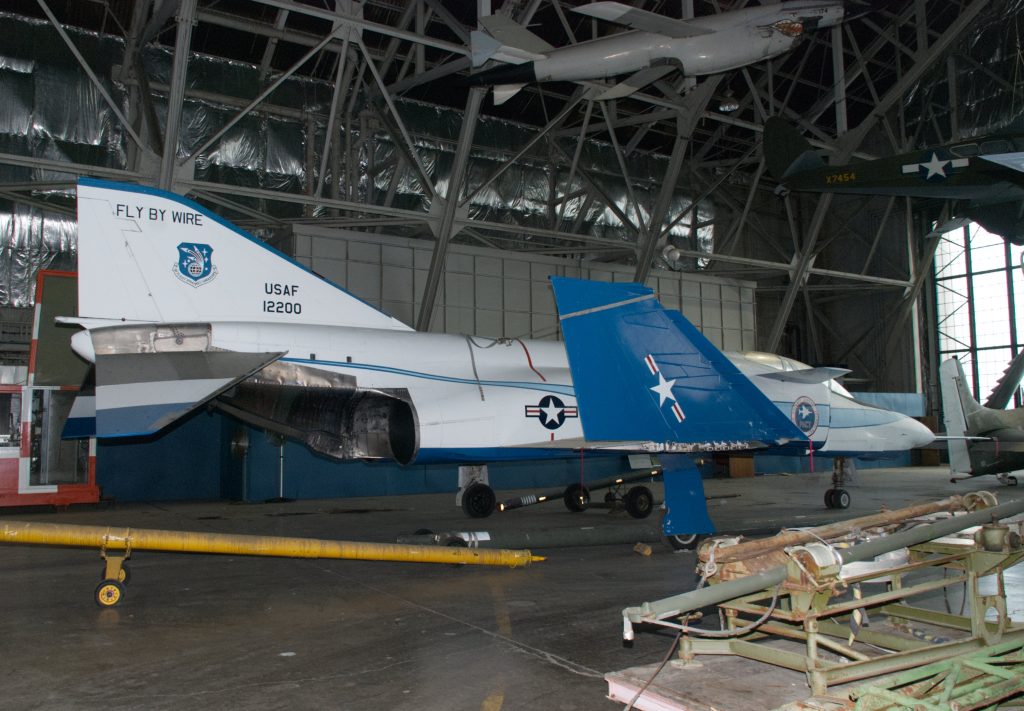
The YF-4E’s journey highlights the challenges and triumphs of developing fly-by-wire technology, which is now commonplace in modern aircraft. Its transformation from a reconnaissance testbed to a pioneering platform for advanced flight control systems underscores its unique and invaluable contribution to aviation history. The testing performed on this one aircraft contributed to the future development of flight control systems that are in use today.
What other experimental aircraft do you find particularly fascinating? Share your thoughts on the YF-4E CCV and its impact on aviation technology in the comments below!








